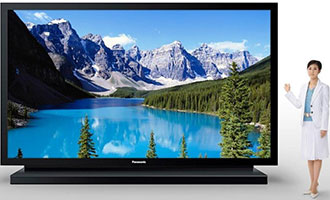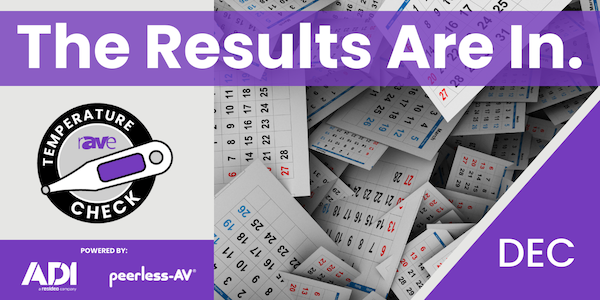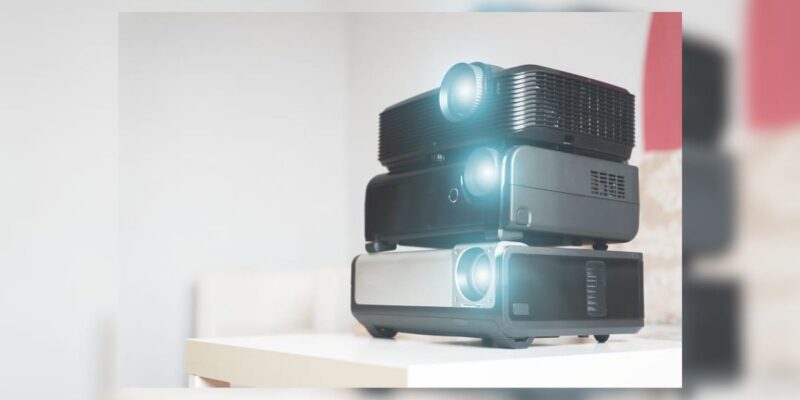Are 3D and 4K on Different Trajectories? Yes and No
 Many consumers and professionals alike think 3D is out and 4K is in. A new forecast report on 3DTVs from Futuresource got me thinking about the trajectories of these two mega-trends. The reality is much more nuanced than a simple in/out conclusion.
Many consumers and professionals alike think 3D is out and 4K is in. A new forecast report on 3DTVs from Futuresource got me thinking about the trajectories of these two mega-trends. The reality is much more nuanced than a simple in/out conclusion.
Let’s start with the forecast. Futuresource says that by 2017, 58 percent of all TVs worldwide will be 3D models, up from 18 percent in 2012. That will represent 157.7M 3DTVs in 2017 vs. 59.3M in 2012. That’s great adoption of a technology that started in 2010.
4K/UHD TVs are three years behind the introduction of 3DTVs, but few forecasters think 4K will comprise 58 percent of TV sales seven years after their introduction. In the U.S., for example, CEA thinks there will be 57K UHD TVs sold in 2013, rising to 1M by 2015. That’s about the same pace of adoption that 3DTVs experienced early on.
It is also important to note that most of the new 4K/UHD TVs also support the display of 3D content using either active or passive glasses.
Where the trajectories start to diverge is with content. For the best 3D experience, you need natively authored 3D content or theatrical-class conversion. For three years, many efforts were initiated to create more 3D content with ever advancing tools and technology across a wide array of content categories. Today, those efforts have met with mixed results with some operations like ESPN 3D, the BBC, Canal Plus and Foxtel curtailing their 3D channels. On the other hand, BSkyB, Virgin Media, 3Net and channels in China and Korea remain enthusiastic about 3D production. In addition, a steady slate of 3D movies is coming and remains a profitable and stable segment.
4K content is really hard to get right now. I can attest to this personally as I have been trying to source 4K content for the demo reel we will create for the 4K/UHD Demo at the upcoming SMPTE Fall Conference. I can find a limited supply of 4K 24 frame content, but 50 or 60 frame content is very rare (although we will have some at the demo).
Sony is leading the charge in priming the 4K content engine promising to make many movies available on 4K by year’s end for their 4KTV customers. That’s a good start, but it is content dedicated to one TV platform. Sound similiar to the early days of 3D?
But there is a lot of activity behind the scenes now with plans being considered to refinish movies in 4K. These are films that were shot in 4K, but finished in 2K. There is also a lot of consideration for upconversion and scaling of 1080 movies to 4K. These scaling engines are quite good, but that means 4K content will have to be delivered to the home. Alternatively, many of the 4K TVs today already have built-in upscaling and conversion engines that do a very good job of converting 1080 content to 4K. This is another capability that several companies will showcase in the 4K/UHD demo.
Upscaling and converting of 2D content to 3D is not as mature as the 1080 to 4K scaling and upconversion. This means 4K will have an adoption advantage over 3D here. In addition, the use model with 4K does not change, i.e., there are no glasses to wear to enjoy 4K.
No-glasses 3D is probably to key to the next wave of 3D — which I feel with inevitably come. Here, a 4K panel makes all the difference in creating a much-improved glasses-free 3D image. Tools to convert stereo 3D content to multi-view 3D content for these glasses-free displays are here today, and will certainly improve going forward. The displays are here today too, but will likely need another couple of years of improvement before they start to be taken seriously by consumers again. TV brands need to be very careful how they package and market 3D TV 2.0.
So the bottom line is that there are both similarities and difference in the adoption of 3D and 4K in the consumer TV space, but these paths could easily merge within three to five years.





